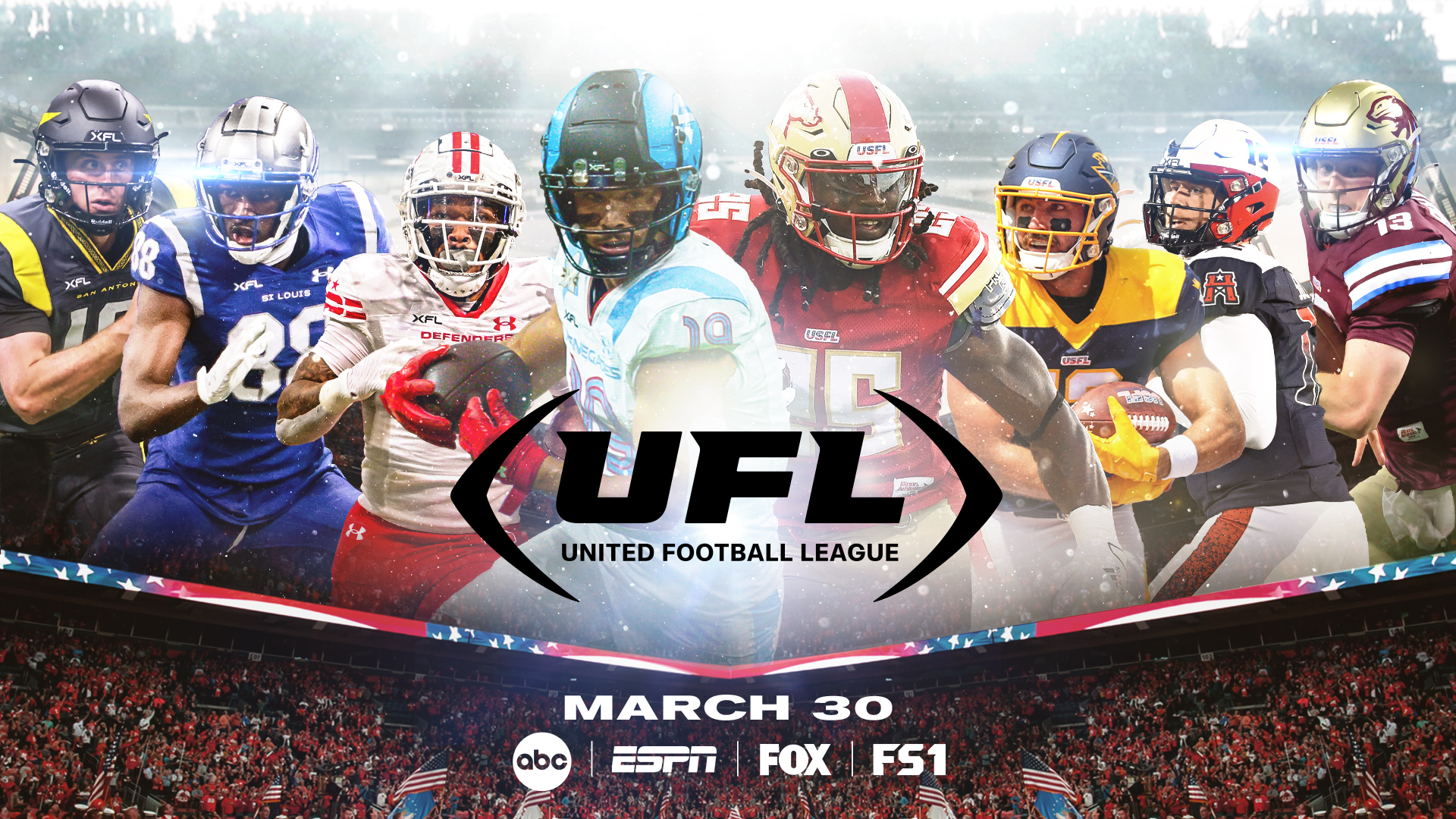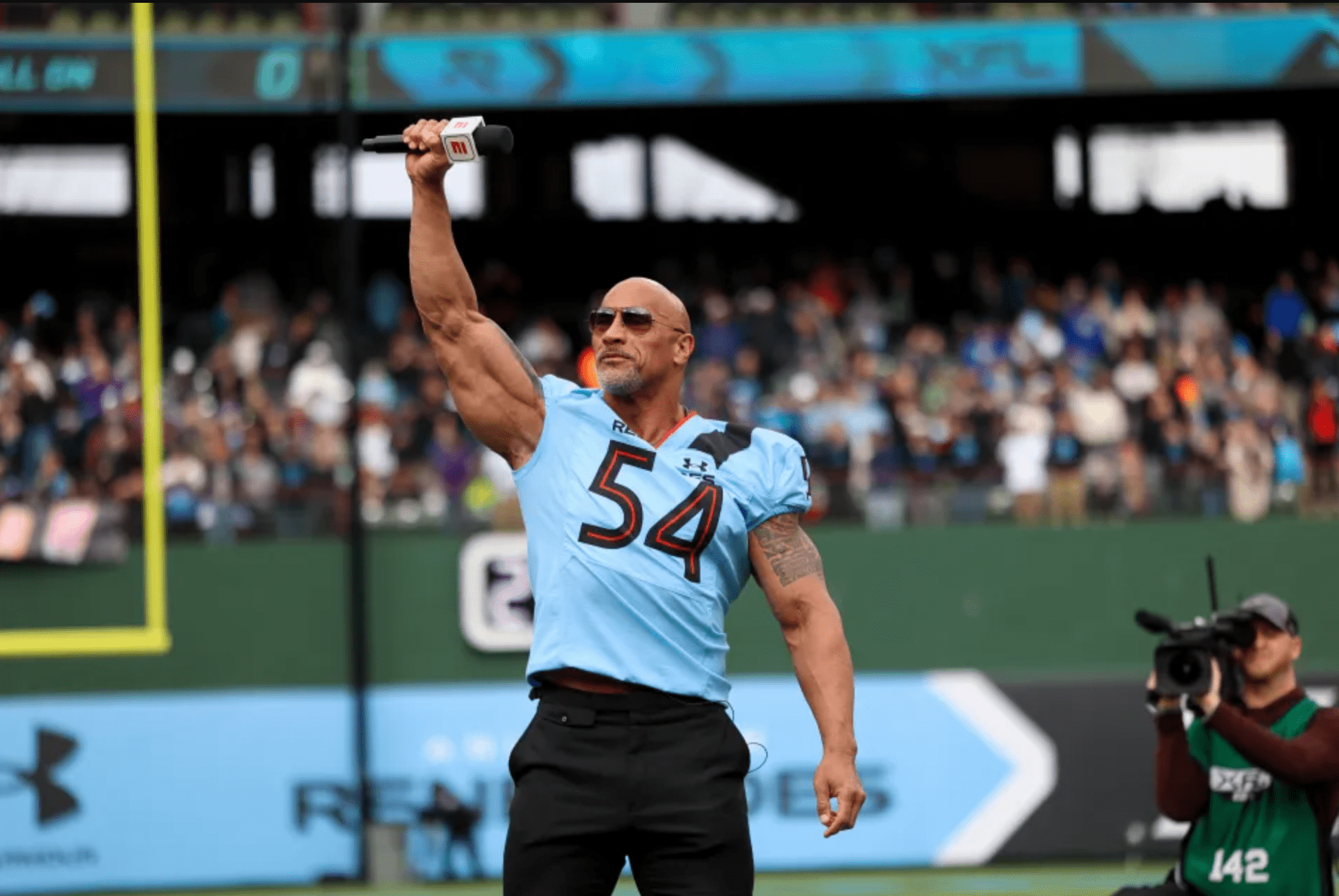By Logan Miller, Public Relations ’25
Spring football is here to stay, and no, I’m not talking about college football. For the past few years, professional football has made a tiresome effort to create a lasting football league during the spring season. Previous leagues have tried and struggled, most recently the XFL and USFL, but there might be hope for the future of spring football since the combination of the two leagues to form the United Football League (UFL). The league consists of eight teams, the Birmingham Stallions, Arlington Renegades, St. Louis Battlehawks, Michigan Panthers, DC Defenders, San Antonio Brahmas, Memphis Showboats, and Houston Roughnecks. Opening weekend saw mediocre numbers with a total attendance of 45,918 across the four games. In comparison, the XFL a year ago had a total of 61,514 in attendance on their opening weekend. These lower numbers deserve the benefit of the doubt as the games were held over Easter weekend. A more accurate show of interest in the league would be to see the viewership rates when they are available.

Is spring football realistic? The simple answer is it’s complicated. The business aspect of creating a new league and having enough funds to survive is very complicated. Dwyane ‘The Rock’ Johnson believes that the UFL has a real shot saying, “I think it’s going to work out, we’ve got a real shot with this now that we’ve merged XFL and USFL together to create UFL.”
Let’s look back at the previous attempts at a spring football league. In 1971 the Trans-American Football League changed its schedule to the spring and is considered the first official pro spring football league. After one season in the spring, the league fell through. Then in 1982, the United States Football League (USFL) was announced. This league was the first professional football league to sign a broadcast deal with a cable network. The obstacles for the USFL included the NFL and its own owners. Most notable with Donald Trump’s purchase of the New Jersey Generals. Trump wanted to bring his organization into the NFL, and the NFL Commissioner Pete Rozelle rejected this. This led to a lawsuit with Trump and the USFL made a case around the USFL’s lack of a TV offer from ABC, NBC, or CBS, all of which partnered with the NFL. Surprisingly, Trump and the USFL won this case but were rewarded $1 from the NFL. This ultimately led to the league’s failure, as they expected more money. In 1991 the World League of American which became the NFL Europe launched. This league was fully backed by the NFL but ran into funding issues as the league lost $7 million in its first year with zero of its ten teams turning a profit. The league tried rebranding in 2006 as NFL Europa but was a losing investment as it cost $500 million per season to keep the league alive. In 2001 the XFL and Vince McMahon created a new hope for spring football. A TV contract with NBC and attention-grabbing aspects like no fair catches, nicknames on the backs of jerseys, and a one-on-one midfield scramble for the football in place of a coin toss were all new additions to this league. The first week drew a TV rating of 9.5, but ratings fell and the XFL lost its NBC and UPN televisions contracts as well as $70 million. In 2019 the AAF was the 2010’s attempt at spring football. The league quickly fell through due to failing to pay its players and staff. This brings us to the present, as the USFL and XFL both didn’t completely implode in their attempts in 2022 and 2023 leading to their combining in 2024.
What’s different about this new UFL or what can they do to survive one season? The UFL has multiple deals which might help their survival. Under Armour is serving as the technical apparel partner, MSX by Michael Strahan was named the league’s official off-field apparel partner, and it has broadcast deals with FOX, ESPN, and ABC. These are promising deals, but leagues have had these kinds of backings in the past and failed.
What I believe the biggest change the UFL has is social media coverage. The official TikTok account for the UFL has 395K followers and received 913.7K views on a highlight from week one. The account is very active on its social media’s creating multiple posts every day. This kind of advertising and marketing has not been tried by a spring football league yet, and this might be the saving factor in creating a league that doesn’t implode. Social media star Deestroying, a football influencer and San Antonio Brahmas Kicker, may also help the league gain traction. Deestroying is famous for football content on social media and has 4.7 million followers on Tik Tok and 5.82 million on YouTube.
As I die hard football fan, I am praying that the UFL succeeds, and I have high hopes for this league. Hopefully, they have learned from their previous failures. The league holds high level football and already has insane week one highlights. If you love football like I do, you should definitely tune in for week two!
What’s the best matchup of Week 2? ⬇️🏈 pic.twitter.com/vvowlcme0N
— UFL (@XFL2023) April 1, 2024

